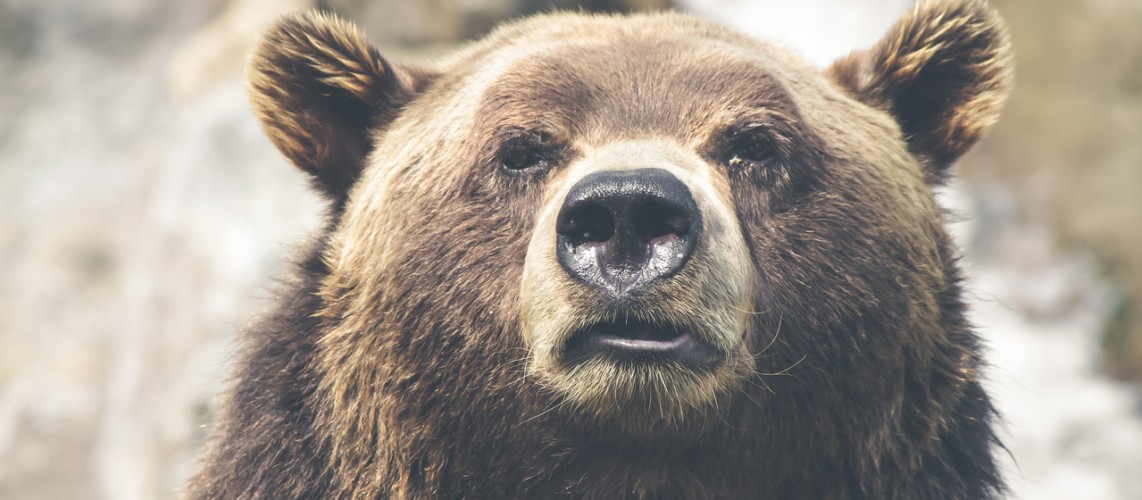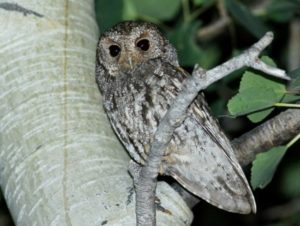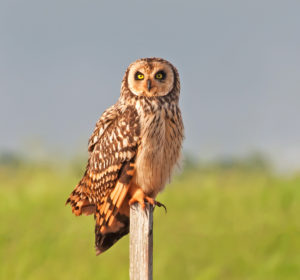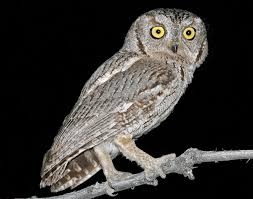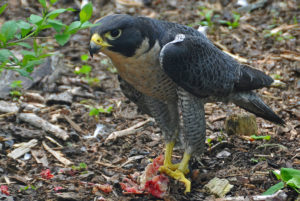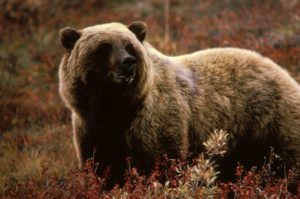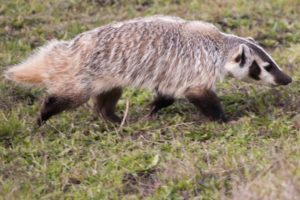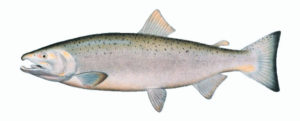Long Billed Curlew
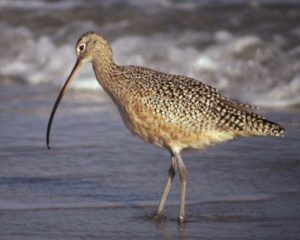
Last COSEWIC designation: November 2002
SARA risk category: Special Concern
Description: The Long-billed Curlew is the largest shorebird in Canada. It has a very long, slender and downcurved bill. Its upper parts are brownish and its lower parts are pinky-buff. Its long legs are grey.
Habitat: The Long-billed Curlew is usually found in grasslands, where there is bare ground, shade and abundant invertebrate preys. Nests are built in short-grass and mid-grass prairies and in grassy meadows, on flat sites that are located close to wetter areas. Long-billed Curlews will use areas that have been lightly or moderately grazed. During migration and in wintering areas, Long-billed Curlews are usually found along beaches and mudflats, although some are also found in prairie environments during the migration.
Threats: Agriculture is a limiting factor for Long-billed Curlews, since their habitat has been and is being reduced by cultivation. Use of pesticides in the breeding areas may be contributing to the species’ low reproduction, since eggshell-thinning and mortality from lethal residues have been found.
